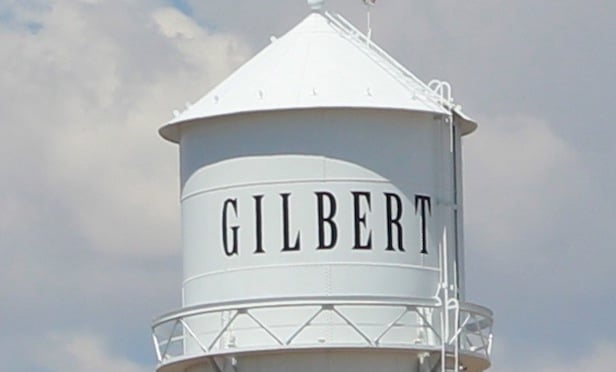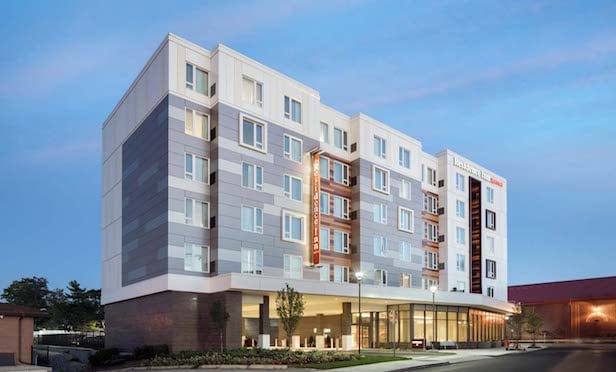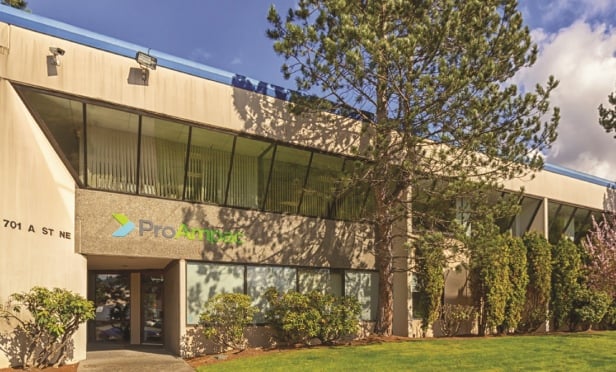ORLANDO—In 2009, Sterling Bay's River Center was a rather drab office complex across the street from Ogilvie Transportation Center in Chicago, mostly noticeable for the clock tower that tops it. The brand of the building wasn't great with a 20% vacancy rate and smaller tenants who took up half a floor or less, making it labor intensive to lease and manage.
As if matters weren't difficult enough, one of the office building's largest tenants, HNTB Corp, announced it was relocating to 1 South Wacker Drive. It was a much more stylish building—until River Center decided to rebrand itself. There's a lesson here for older office buildings everywhere.
"As a brand, River Center was undifferentiated, a kind of larger version of the small-tenant office buildings on Wabash Avenue," Tom Silva, principal of Silva, tells GlobeSt.com. "Then Sterling Bay bought it and undertook a stellar rebranding."
It all started with assessing the office building's strengths. Ogilvie Transportation Center spanned 57,800 square feet and a location near both the Ogilvie and Union Station as well as the Chicago Transit Authority's Clinton stop for Green and Pink Line trains.
"The owner invested tens of millions of dollars in an overhaul of the building, including a lobby that looks like an Ian Schrager hotel and a new rooftop deck—an example of raising the functional and emotional purposes," Silva says. "After earning the Energy Star label in 2011, 111 North Canal decided to pursue LEED certification to demonstrate leadership in green building operations and maintenance. And they created a slick new image for the building reflected in a new website and collateral materials."
From Silva's perspective, all of this brand building allowed the owners to sign a bevy of tech firms. In the process, the landlord creating one of the only large-floor plate, multitenant rivals to the Merchandise Mart.
"Not only is the 16-story, 924,800-square-foot structure now 90% leased, it's to the right tenants—the tenant mix has a huge impact on a brand," Silva says. "The list of high fliers incudes high growth, new economy firms including Uber, Gogo, and Fieldglass."
Ultimately, that brand boost created an enormous premium to the building value. In March, JP Morgan Asset Management paid Sterling Bay more than $305 million for the 1918 building. Sterling Bay is estimated to have spent $171 million on the building.
"Not a bad return to its investors," Silva says. "In the end brand building is about more than cosmetics. It's really refashioning what a building is about—it's greater why, to borrow marketing maven, Simon Sinek's phrase. Doing this means making sure that the functional, societal and emotional benefits of a property create something that's greater than the sum of their parts."
Want more examples of branding? Read my other interviews with Silva: How Building Branding Drives Massive Profits and What's Your Building's Brand?
© Touchpoint Markets, All Rights Reserved. Request academic re-use from www.copyright.com. All other uses, submit a request to [email protected]. For more inforrmation visit Asset & Logo Licensing.






